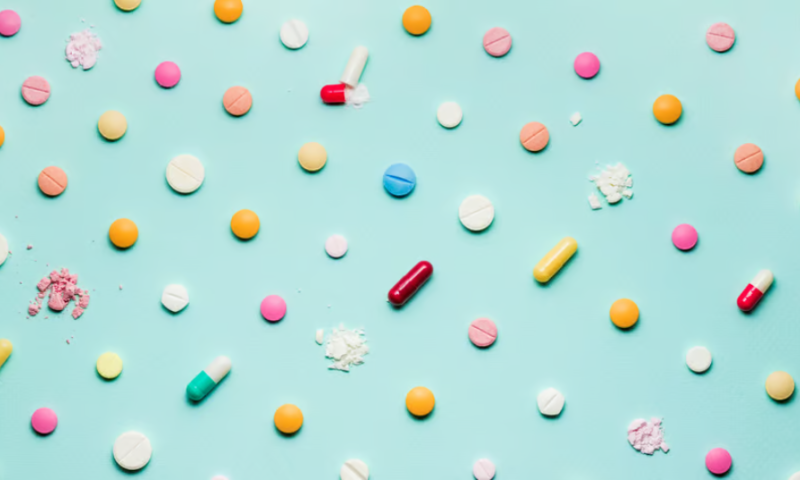Eli Lilly has laid down a marker in the race for the oral obesity market, linking its GLP-1 receptor agonist orforglipron to 14.7% weight loss at 36 weeks. The result sets a high efficacy bar—which could rise higher still at later time points—for Pfizer but leaves ample room to improve on tolerability.
Obesity is emerging as a huge opportunity for Lilly, with the company reporting strong clinical data on its GIP/GLP-1 agonist Mounjaro. But, as an injectable, only part of the nascent obesity market—which Pfizer values at $90 billion—is open to Mounjaro. To truly clean up, Lilly is likely to need leading injectable and oral obesity drugs. That is where orforglipron comes in.
Lilly previously estimated the drug candidate would induce 14% to 15% weight loss in a midphase clinical trial, a figure that is below the bar set by Mounjaro but potentially competitive for a more convenient oral option. Now, Lilly has published its final figures in The New England Journal of Medicine.
Participants received one of four doses of orforglipron or placebo. After 36 weeks, the mean reduction in weight in the placebo group was 2.3%, compared to declines of 9.4% to 14.7% in the orforglipron arms. Lilly saw dose-dependent changes in weight in recipients of orforglipron.
At 12.4%, the placebo-adjusted weight loss looks competitive. Novo Nordisk is making the running in the oral obesity market, linking a pill form of semaglutide to a 12.7% placebo-adjusted reduction in weight in a phase 3 trial. However, Novo’s result came after 68 weeks of dosing. The weight loss in recipients of orforglipron was yet to plateau at 36 weeks, suggesting it can improve on the 12.4% reduction over time, and Lilly’s drug has simpler dosing requirements.
With Lilly and Novo both showing their hands, attention turns to Pfizer’s upcoming phase 2 data. Tolerability is a potential issue for Lilly, although rival candidates may also cause high rates of side effects. In the phase 2 trial, up to 58% of patients who took orforglipron experienced nausea, compared to 6% of their peers on placebo. Lilly identified changes to the pace of dose escalation as a way to reduce the rate of gastrointestinal adverse effects, suggesting the figure could come down in the phase 3 trials to come.
Another question is whether patients will choose an oral treatment when more effective injectables are available. Lilly addressed that question on a conference call to discuss its first-quarter results in April. Lilly noted that orforglipron’s lack of a GIP agonist means it is unlikely to match the weight loss or metabolic effects of Mounjaro but argued oral options are needed to meet global obesity demand.
“It’s cheaper and easier to make, and that product has a lot of promise clinically but also significant promise in terms of addressing needs, particularly middle-income markets in China and other very large opportunities,” Lilly CEO Dave Ricks said.

